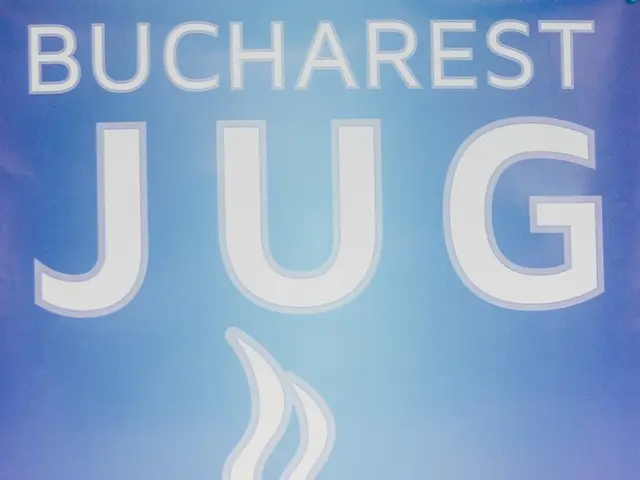Breakthrough in FLP Catalysis: Beijing Team Enhances MOF Activity
Researchers have made a significant breakthrough in frustrated Lewis pair (FLP) catalysis. Led by Prof. Gao and Prof. Wang at the University of Science and Technology Beijing, the team has engineered defect-rich metal-organic frameworks (MOFs) to enhance catalytic activity and overcome traditional hurdles.
The study, published recently, demonstrates that optimizing the microenvironment around Lewis pairs in MOF-808 can significantly boost catalytic activity. The researchers introduced electron-donating functional groups like -NH2, which strengthened Lewis base strength and lowered the activation barrier for hydrogen heterolytic cleavage. Techniques such as DRIFTS, XPS, and DFT were employed to confirm hydrogen activation intermediates and reveal a low energy barrier of 0.404 eV for hydrogen dissociation.
The team engineered defect-rich MOF-808 materials doped with functional groups like -NH2, -OH, -Br, and -NO2. This created spatially confined Ce-CUS and Ce-OH sites for synergistic hydrogen cleavage. The optimized MOF-808-NH2 achieved complete conversion of substrates under mild conditions, marking a substantial improvement in FLP catalysis.
The findings could lead to the development of non-precious-metal hydrogenation catalysts, inspiring further research and applications in fine chemical synthesis and renewable energy. This breakthrough in FLP catalysis using cerium-based MOFs opens up new avenues for green chemistry and sustainable catalysis.






